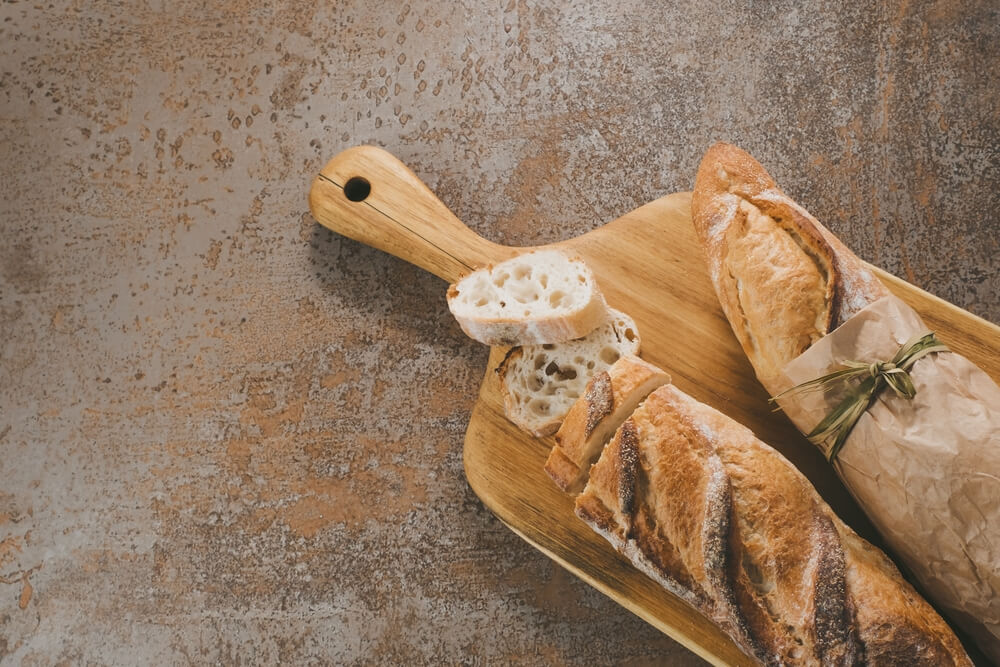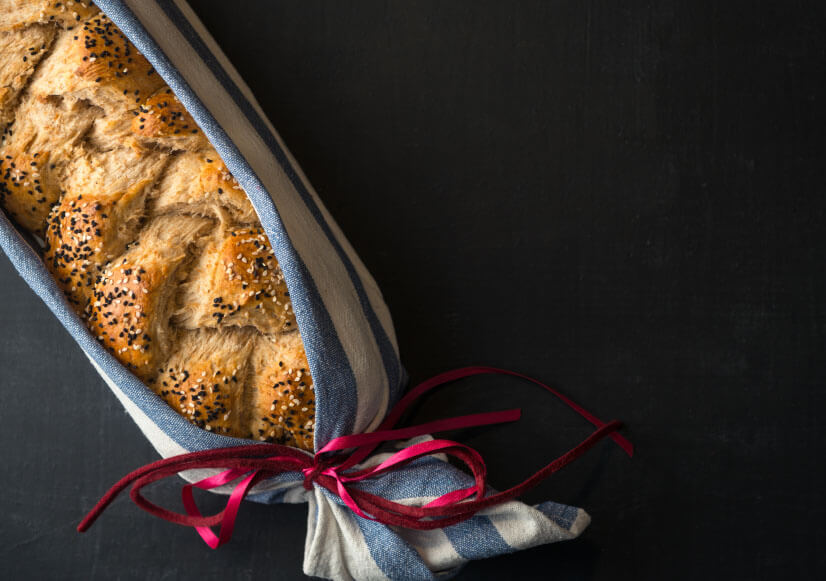
We’re all guilty of it – we check the recipe and reach or the baking powder, only to find baking soda in its place. But that will do the trick, surely.
"She'll be right," we say and go ahead and use the alternative product. After all, there can’t be that much of a difference. Actually, there is, and it’s actually quite large, so much so that it’s important to understand what makes separately these two completely unique products from each other.
Let's put on our scientific lab coats for a second and look at both choices with an objective eye. Each of these forms of soda powders is used as leavening agents in doughs and batters but that is about where the similarities begin and end.
Baking soda is sodium bicarbonate, which means that you are going to need to add acid and a liquid to activate it to get your cakes and bread to rise. Baking powder comes with the sodium bicarbonate AND the acid, so you only need the liquid, making this a much easier product to use in the process.
Popping baking soda into your mix without the acid required to activate it is a surefire recipe for disappointment – trust us. Here’s why you need to treat the two options as those for entirely different purposes.
- Baking soda is much stronger than baking powder
If you think you can bypass the chemical differences by subbing in baking soda and adding an acidic reactor, unfortunately, you would be wrong. Baking soda is up to four times stronger than baking powder which will lead to spectacular failures in the process unless you can get the blend of baking soda, acid and dough precisely correct.
- The leavening with baking powder is staged
Because powder contains soda, a dry acid (usually cream of tartar) and sometimes cornstarch, they are designed to be double-acting. The first stage of the leavening process happens when the powder first gets introduced to the liquid component, while a second leavening process occurs when you put the mix in the oven. Baking soda is only going to leaven when you add it to liquid, if at all.
- Baking soda is instant-acting

When you want your goods to start rising immediately, baking soda is usually called for. It is a great option for muffins as you can add it, start the leavening process immediately and get the mix immediately into the oven.
For bread, you want to opt for powder because you want the dough to rest; sometimes as long as overnight. You want to ensure that the bread is going to rise when the heat is introduced so baking powder is the only option here.
Ultimately, powder and soda have exclusive uses, and that’s the key takeaway you need to keep in mind. The next time you are at the shops scoping out baking tools, ensure you have plenty of both in the pantry and you’ll thank yourself later.




